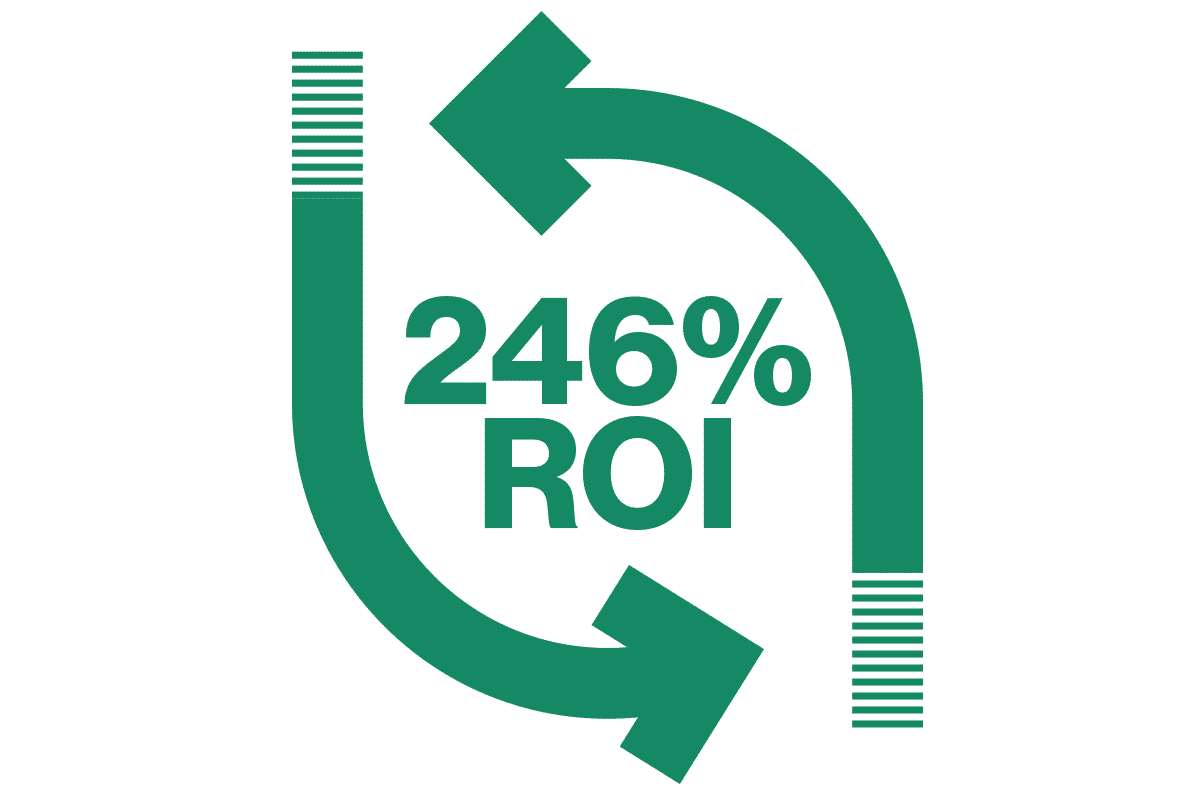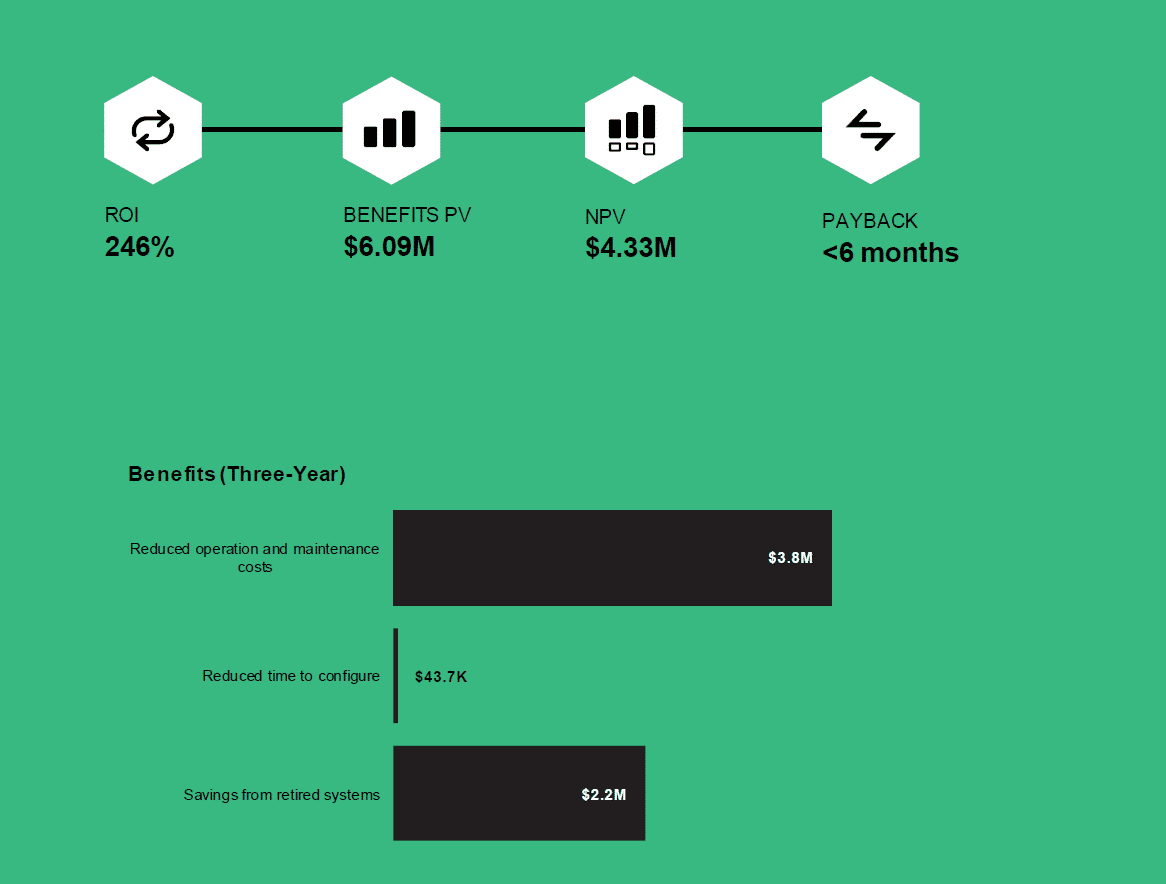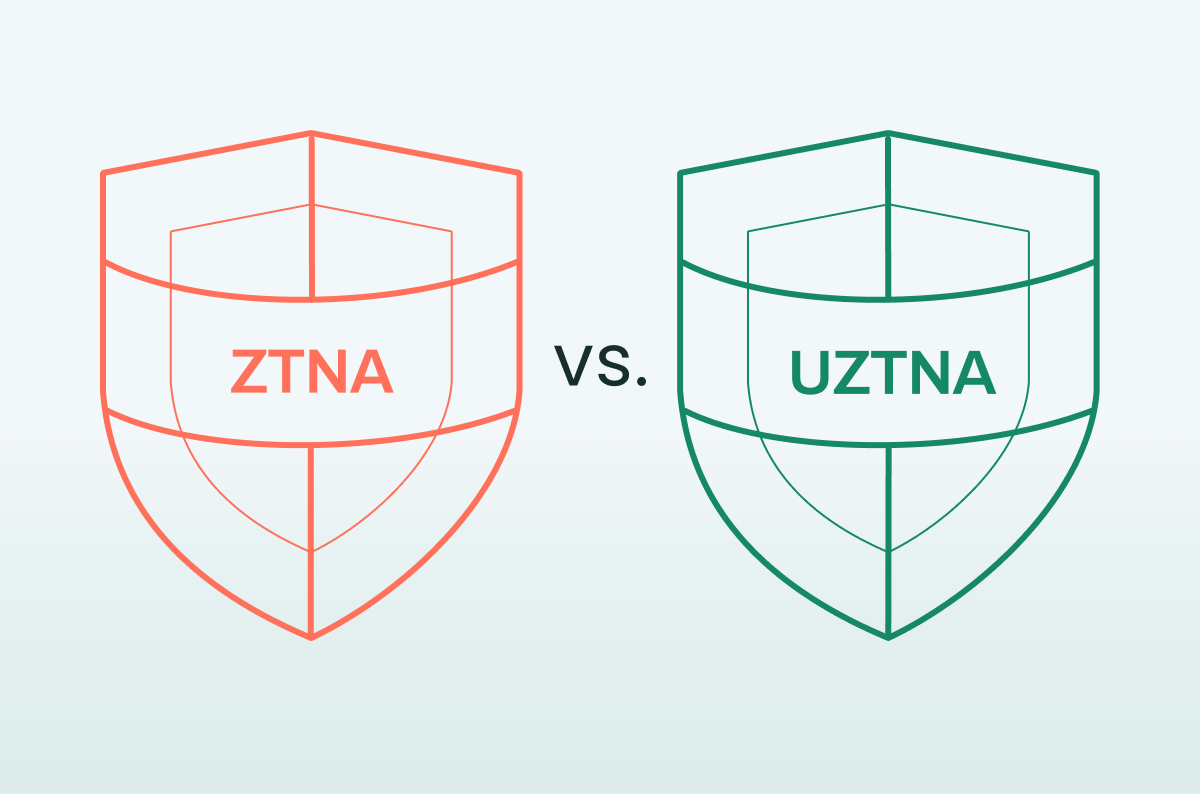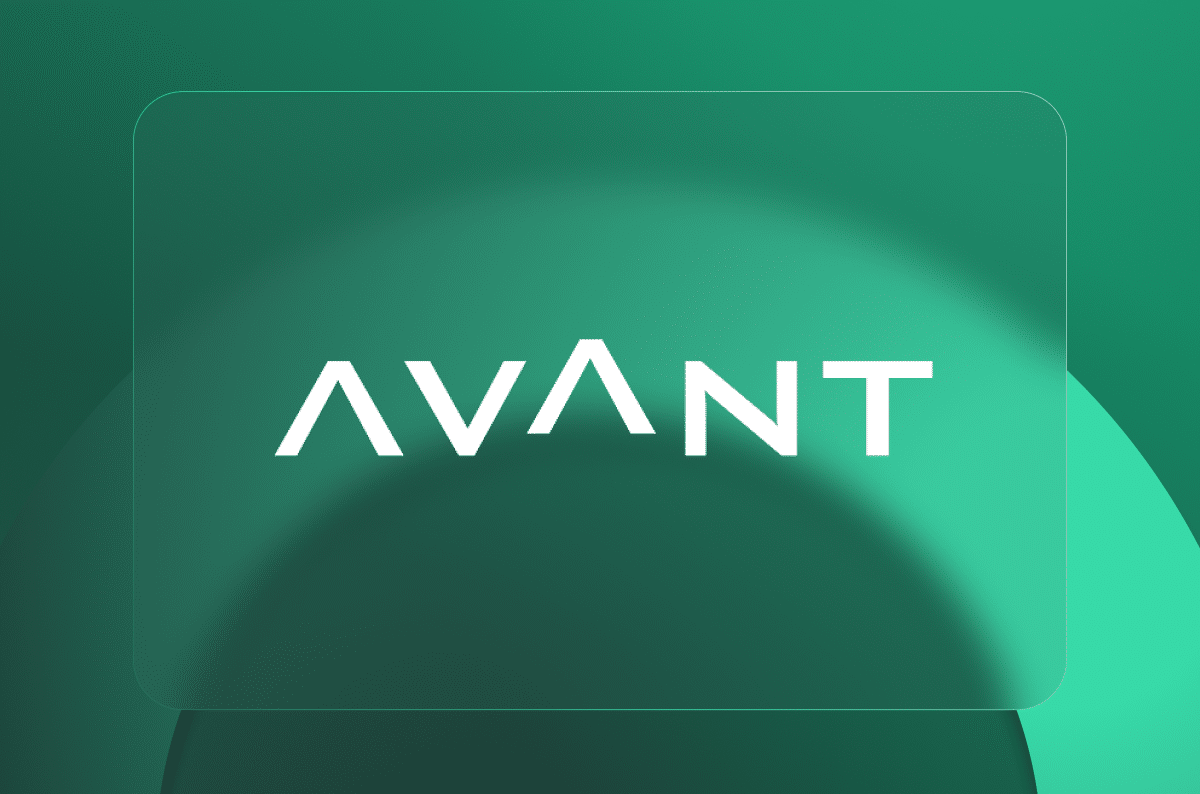Eye-Opening Results from Forrester’s Cato SASE Total Economic Impact Report

Table of Contents
|
Listen to post:
Getting your Trinity Audio player ready...
|
We’ve been touting the real-world benefits of Cato SASE on our Web site and in seminars, case studies, and solution briefs since the company was founded, but how do those benefits translate into hard numbers? We decided it was time to quantify Cato SASE’s real-world financial benefit with a recognized, well-structured methodology, so we commissioned a Total Economic Impact (TEI) study with the consulting arm of the leading analyst firm Forrester.
Forrester interviewed several Cato customers in-depth and used its proprietary TEI methodology to come up with numbers for investment impact, benefits, costs, flexibility, and risks. More on this later.
The results were impressive. According to Forrester, Cato’s ROI came out to 246% over three years with total savings of $4.33 million net present value (NPV) and a payback of the initial investment in under six months. Those numbers don’t include additional savings from less tangible benefits such as risk reduction.
The $4.33 million NPV savings break down this way:
- $3.8 million savings in reduced operations and maintenance
- $44,000 savings in reduced time to configure Cato at new sites
- $2.2 million savings from retiring all the systems replaced by Cato Networks
- Investment of $1.76 million over three years
$6.09 million – $1.76 million = $4.33 million NPV.

Numbers Are Only Half the Story
The numbers are certainly impressive, but some of the unquantified benefits the report picked up were perhaps even more enlightening:
Improved employee morale: Team members reported that the activities they were able to shift to after switching to Cato—optimizing systems, for example–were considerably more rewarding than the more mundane activities of setting up, updating, and managing a lot of equipment before Cato.
Consistent security rules: Deploying Cato revealed a lot of inconsistencies in organizations’ governing and securing of network traffic across different sites. The Cato SASE Cloud was able to quickly consolidate all that mess into a single global set of rules, with an obvious positive impact on both security and management.
Reduced time and transit costs: Cato equipment moves through customs without delay or assessments of value-added tax (VAT). This is because Cato Sockets are very simple devices that simply direct traffic to our cloud, where most of the complex encryption and other technologies lie.
Better application performance: We expected this result, which comes from improved network performance.
Overall, respondents describe a transformative, before/after experience.
The Total Economic Impact™ of Cato Networks | ReportBefore Cato, the organizations had to dedicate separate teams to the costly, time-consuming complexities of managing VPNs, Internet, WAN, and other functions, including spending a lot of time and resources deploying updates at each individual site. Adding new sites was a complex time-consuming process. All that mundane work made it difficult to execute the corporate digital transformation strategy.
As one technology director said about why he turned to Cato, “My goal was, I don’t want my team worrying about how to get a packet from A to B. I’m interested in Layer 7 of the network stack. I want to know: Are applications behaving the way they should? Are people getting the performance they should? Are we secure? You don’t have time to answer that if you’re worried about getting it from A to B.”
After Cato, all of the updates and most of the management were simply delegated to the Cato SASE Cloud. All the remaining network and security oversight required by the customer could be accomplished through a single Cato dashboard. This allowed organizations to redirect all those “before” resources to value-added activities such as system optimization, onboarding new acquisitions, and fast deployment of new sites.
The resulting employee satisfaction benefits were substantial. As a technology director said, “What I heard from my team is, ‘I love that the problems I’m solving on a day-to-day basis are on a completely different order than what I used to have to deal with before.’ They think about complex traffic problems and application troubleshooting and performance.”
Setting up new sites was also vastly easier with Cato, as one IT manager said. “Honestly I was shocked to see how easy it was to set up and maintain an SD-WAN solution based on the whole Cato dashboard. Now there’s a saying that with [unnamed previous solution] you need 10 engineers to set it up and 20 engineers to keep it running. With Cato this all went away.”
How Forrester Got The Numbers
Forrester’s findings were the result of in-depth interviews with five decision-makers whose organizations are Cato customers. Forrester compared data based on their experiences prior to deploying Cato with a composite organizational model of a “vanilla” customer. The description of the five decision-makers is in the table below.

The report describes the composite organization that is representative of the five decision-makers that Forrester interviewed and is used to present the aggregate financial analysis in the next section. The global company is headquartered in the U.S. with 40 sites across the U.S., Europe, and the Asia Pacific region growing to 61 by year three. It also has two on-premises and two cloud datacenters in the U.S, one on-premises and two cloud-based datacenters in Europe, and two cloud-based datacenters in Asia Pacific. Year one remote users total 1,500 growing to 2,100 by year three.
Forrester then used its proprietary TEI methodology to construct a financial model with risk-adjusted numbers. The TEI modeling fundamentals included investment impact, benefits, costs, flexibility, and risks.
Some of the more dramatic savings numbers came in operations and maintenance: The organization was able to redirect 10 full-time employees (FTEs) from operations and maintenance to more value-adding activities in year one. By year three it avoided having to hire 12 more FTEs that would have had to manage the previous solution. The average fully loaded annual compensation for a single full-time data engineer is $148,500.
Lots of savings also came from retired systems, including the traditional edge router, perimeter next-generation firewall appliances, intrusion detection and prevention systems, and SD-WAN.
And then there were benefits from Cato’s remote access flexibility. As one IT team manager said, “When COVID hit we were able to add the entire company to the VPN and provide them the ability to work from home in a matter of days. That was amazing.” (Follow the link to read more about Cato’s approach to secure remote access).
I could go on but take a look for yourself. There’s a lot more juicy data in the report and it’s pretty surprising at times and not a difficult read. You can access The Total Economic Impact™ of Cato Networks report following the link.















